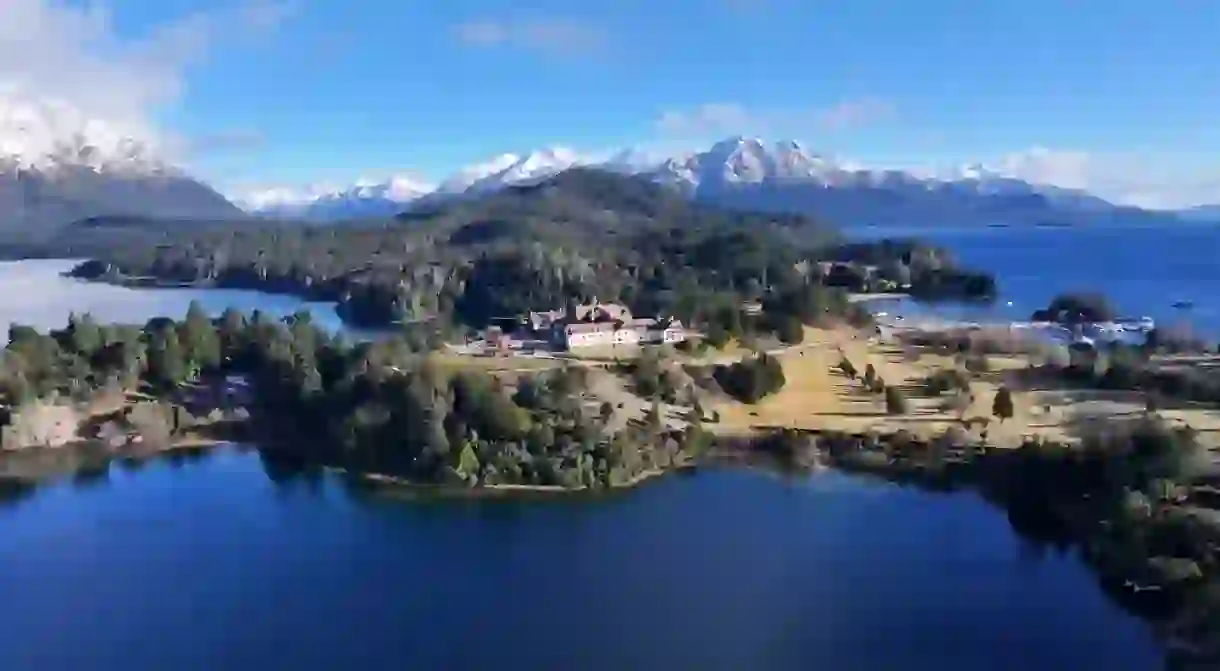The Untold Story of the Nazis in Bariloche, Argentina

It is common knowledge that Argentina was a safe haven for many Nazis after World War II. President Juan Peron was a Nazi sympathiser with close ties to other European dictators such as Mussolini, and he arranged safe passage for many high-ranking officials to come to South America in the years following the war. Many of these figures found refuge in the Patagonian city of Bariloche, and here is the untold story of how they arrived.

Any visitor to Bariloche will at once be impressed by the Alpine-style architecture that is present all over the city and region. This is not only due to the climatic nature of this mountainous region and the proliferation of wood with which to construct buildings, but also due to the European heritage of the area, which saw many German immigrants settle here in the late 1800s. Bariloche grew around a shop owned by German settler Carlos Wiederhold called La Aleman – or The German – and as such many German-speaking immigrants from Austria, Slovenia, and of course Germany itself chose Bariloche to settle in.

So when World War II ended and Nazis were deemed war criminals, this area of Patagonia, both in Argentina and Chile, was an obvious choice. Of course, it helped that Juan Peron had an established relationship with Hitler and organised escape routes, called ratlines, for the Nazis via Spain and Italy. Even today Argentina has notoriously porous borders, and many expats live in Argentina on three-month tourist visas, as was the case for the Nazis who came to hide out here in the 1940s. Some were even granted residency, and many went on to actually serve in the Argentine army.
Bariloche is mired in Nazi lore, some of it true, some of it false. The biggest and perhaps most outrageous claim is that Hitler fled to Argentina with Eva Braun in the Inalco estate outside the town centre. However, it is widely taken to be true that Hitler and Eva Braun committed suicide in a bunker in Berlin in 1945. Infamous Nazi doctor Josef Mengele spent a brief period in Bariloche before going to Brazil to carry out experiments where he created sets of Aryan twins, a strange and eerie undertaking.
But perhaps the most famous and brazen Nazi that resided in Bariloche was Erich Priebke, an SS commander who escaped to Argentina on papers issued by the Vatican. He lived freely in Bariloche for 50 years, rising to become the director of the town’s German school, Colegio Aleman. Priebke led a blissful life in Patagonia until he was tracked down by ABC News reporter Sam Donaldson in 1994, who confronted him in the street, after which he was put under house arrest by Argentine authorities until he was extradited to Italy after about a year. Reinhard Kopps was another Nazi living in Bariloche who was uncovered by the Donaldson team, and he was actually the one who ratted Priebke out to the newscasters. He fled after Priebke was arrested and died in Bariloche in 2001.
If you want to explore the area more, check out these tours and excursions in Bariloche, Argentina.













